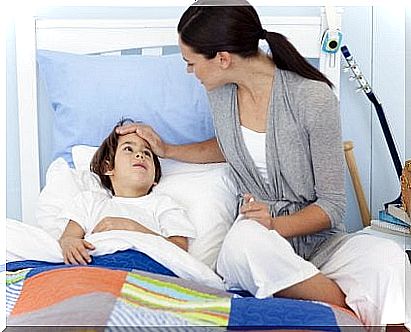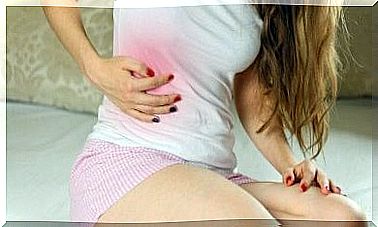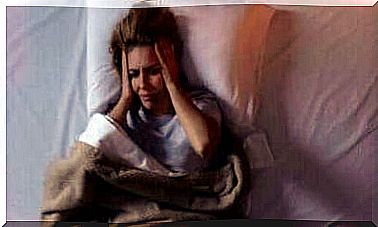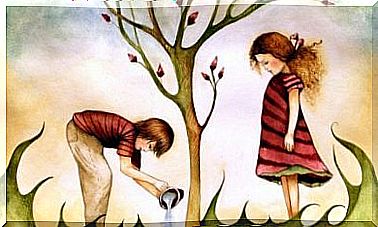Is The Child Breathing Badly? 6 Tips

Although excess mucus is usually the cause, sometimes breathing difficulties can hide other conditions. Here’s what to do if the baby is breathing badly.
Infantile dyspnea
Dyspnea is the difficulty, more or less severe, in breathing correctly. The child feels that he is short of breath, which is why he sometimes even stops talking to catch his breath.
However, it is a symptom that can be caused by many conditions. Often the reason for dyspnea is a simple cold, which leads to a buildup of mucus and hinders the passage of air. But it can also be the consequence of bronchitis, laryngitis, asthma or tonsillitis.
Likewise, it can be a symptom of allergy, pneumonia and, of course, the presence of a foreign body in the throat. Finally, we cannot forget that stress and anxiety can also cause dyspnea.
What to do if the baby is breathing badly?
1. When to go to the emergency room?

A decision must be made whether to take the child to the emergency room based on the degree of breathing difficulty. In case of wheezing or noisy breathing, bluish color of the lips or hollow of the breastbone, and rapid breathing, medical attention should be sought.
Even when it is not an emergency, if the child is breathing badly, consult the pediatrician. The practitioner will determine the diagnosis and appropriate treatment.
2. Keep calm
Whatever the reason for shortness of breath, it’s important to stay calm. This applies to both parents and caregivers. If we are agitated, we will end up worrying the baby, thus increasing his difficulty in breathing.
3. Avoid “heavy” environments

If the child has breathing difficulties, it must be taken out of unhealthy environments. It is important, for example, not to expose him to secondhand smoke. Getting fresh air and oxygenating his lungs will help him feel better and calm his anxiety.
We should always pay attention to the quality of the air the baby breathes, even if he has no respiratory symptoms.
4. Washing of the nose if the baby breathes badly
Saline is an excellent remedy for loosening mucus and phlegm. In this way we help the baby to breathe better. In the case of the little ones, it is good to use it frequently in order to avoid annoying accumulations.
Washing the nose frees the sinuses, preventing mucus from clogging them. It therefore helps to prevent or calm breathing difficulties. However, if your dyspnea does not improve, you should go to the doctor to ascertain the cause.
5. Have the baby sleep on his back or in a semi-recumbent position

The baby’s posture in bed is important to prevent sleep dyspnea. Better to avoid having the baby sleep on his stomach or completely lying down. A semi-recumbent position, facing upwards, will facilitate the flow of mucus and breathing.
6. Maintain adequate humidity levels in the home
Humidity levels in the home can improve or worsen breathlessness. Use a humidifier to keep humidity at adequate levels.
If the baby is breathing badly, always go back to the cause
Breathing difficulties can have very different causes. If the symptom is acute or persists, it is necessary to consult the doctor in order to trace the cause and start treatment immediately.









